In today’s market, everything is being made commercially and put on sale and the receivers are the people who want to add them to their homes. Tomato paste is one of the products that is being made commercially and being offered in the international market, even though there are a lot of alternatives for it, the demand for it is pretty high. Below are a few examples of alternatives for tomato paste.
- Passata of tomato
In essence, tomato passata is tomato paste that has not been condensed. It tastes quite similar but is more watery. Use the following amounts if the additional moisture won’t affect the final product: Tomato passata is equal to 3 tablespoons of tomato paste.
- Tomatoes in cans
Canned tomatoes are more liquid than tomato paste, similar to tomato passata. Additionally, they include tomato pulp and seeds. Simply cook canned tomatoes quickly, uncovered, in a large frying pan for ten to fifteen minutes, or until the volume has been reduced by at least half.
Then, using a strainer if necessary, remove the seeds before using the mixture in your dish as tomato paste.
- Marinara or tomato sauce for pasta
Commercial tomato pasta sauces often have a concentration that falls between tomato paste and tomato passata. Additionally, they could include flavorings like onion or basil, which may or may not be advantageous.

I begin with the following generalization: Tomato pasta sauce is equal to 2 teaspoons of tomato paste. As with passata, you may boil your sauce to decrease until it approaches tomato paste if the excess moisture is a concern.
- Tomato Ketchup
Although tomato ketchup is substantially sweeter than tomato paste, its strength and moisture concentrations are comparable. This makes sense considering that concentrated tomatoes are a key element!
How is tomato paste made commercially
Tomato paste is a delicious and wholesome condiment that is also highly well-liked. How exactly is tomato paste made? Here, we’ll walk you through the steps involved in producing tomato paste. Typically, tomatoes are processed into tomato juice or paste. The full range of tomato processing options is provided by GELGOOG. The tomato cleaning and sorting system, tomato crushing system, concentration system, sterilization system, and aseptic filling system make up the majority of the tomato paste production line.
Fresh tomatoes are graded, cleaned, blanched, pulped, heated and concentrated, sealed, sterilized, cooled, and produced.
- Tomato grading: For raw materials, select tomatoes that are fully grown, bright in color, rich in dry matter, with thin skin and thick flesh. To remove the silt and grime from the fruit surface, wash it with water.
- Cleaning a tomato: Remove the pedicles and any other green or rotten pieces first, then clean and blanch them. Trimmed tomatoes should be placed in hot water and blanched for 2 to 3 minutes to soften the pulp and make beating easier.
- Tomato pulping: Place the blanched tomatoes in the machine that beats them to break up the pulp and remove the peel, seeds, and seeds. Preferably, the beating machine will have two passes. The first sieve has a diameter of 1.0 to 1.2 mm.
- Heat and concentrate the juice in the jacketed pot, stopping the heat when the soluble solid content reaches 22 to 24 percent. Stir continuously during the concentrating process to avoid burning.
- Filling and sealing: Put the tomato in the appropriate bottles, cans, barrels, or sachets.
- Sanitation. Sterilize in IOOC boiling water for 20 to 30 minutes, then let the water cool in the pot until it reaches 35 to 40 degrees Celsius. The body of the sauce is uniformly reddish brown, has some viscosity, a sour flavor, and no off-putting odor. Solids that are soluble range from 22 to 24 percent.
Tomato paste alternative
Concentrated tomatoes make up tomato paste. It is prepared by simmering strained and peeled tomatoes until they have thickened and reduced to the consistency of paste. It has a very strong tomato taste. All that’s left of the naturally occurring water in fresh tomatoes is their sharp acidity and vibrant taste. With only a few items you probably already have on hand, you can create your own tomato paste at home or purchase it at the shop (in the canned tomato department).
- Tomato Paste Alternatives
Homemade tomato paste is the ideal replacement for store-bought tomato paste. In actuality, homemade tomato paste often has greater taste and richness than canned tomato paste. You likely have a lot of other solutions available if you don’t want to go to the work of developing your own (we sympathize with you):
- Tomato puree
As a substitute for tomato paste, tomato purée, made from boiling and strained tomatoes, works well. Since purée is considerably thinner than paste, cooking it for around 10 minutes over medium heat before adding it to your recipe will provide the best results. This will give you a little thicker consistency and a more powerful flavor.
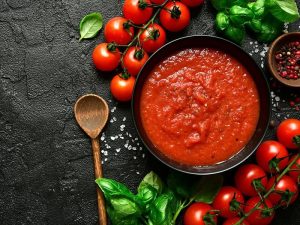
- Fresh tomatoes
You may prepare a quick tomato purée by peeling, mashing, and cooking a fresh tomato for around 10 minutes (you can choose to leave the seeds in or not). For every tablespoon of paste specified in the recipe, substitute three teaspoons of fresh tomatoes.
- Diced tomatoes
After draining the extra liquid from a can of chopped tomatoes, simmer the tomatoes over medium heat until they have reduced by roughly half. For every tablespoon of paste specified in the recipe, use two to three teaspoons of diced tomatoes instead.
- Ketchup
Yes, ketchup serves as a surprisingly good substitute for tomato paste. Ketchup is already fairly concentrated, so you may apply a 1:1 substitution by using it straight from the bottle (if your recipe calls for one tablespoon of tomato paste, use one tablespoon of ketchup).
Tomato paste for sale
One of the most important vegetable crops farmed globally is the tomato. Tomato paste is a concentrated product with a long shelf life that is utilized as a key culinary ingredient all over the globe which is on sale in the global market. And According to the Food and Agriculture Organization (FAO), 130 million tons of tomatoes were produced worldwide in 2011, with China and Europe presently leading the way.
India, the United States, and Turkey are further important tomato-producing nations worldwide. To make tomato paste, tomatoes’ peel and pulp are removed to form tomato juice, which is then often concentrated by evaporation to create a thick paste. Due to its extensive use in the food sector, the tomato paste market is anticipated to have considerable global expansion throughout the time of forecasting.
In the next years, rising demand for organic tomato paste is anticipated to boost tomato industry profits worldwide. The market for tomato paste is divided into segments based on product type, packaging style, application area, distribution methods, and geographic location. The single concentrate, double concentrate, and triple concentrate product categories are used to categorize the worldwide tomato paste market based on product type and dry matter content. The most popular kind of tomato paste now on the market is double concentration.
The market for tomato paste is divided into cans, carton packaging, bottles, and pouches based on the kind of packaging used. Due to their simple packing and ability to extend the shelf life of tomato paste-based goods, cans are the preferred form of packaging for tomato paste. The market for tomato paste is divided into commercial, residential, and industrial applications based on usage.
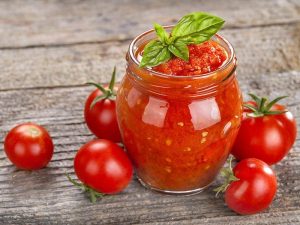
Tomato paste is often used in the production of sauces and finished goods including pizzas, soups, jams, and others in industrial settings. The worldwide tomato paste market is divided into many retail formats, including hypermarkets/supermarkets, convenience shops, E-commerce, and other retail formats.


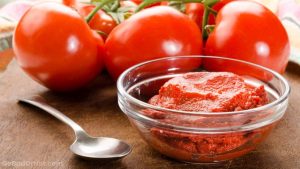

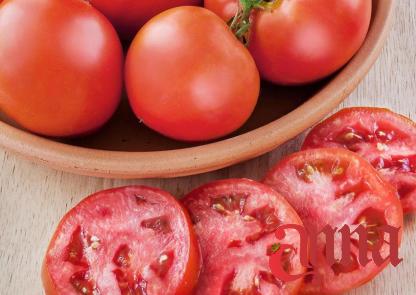
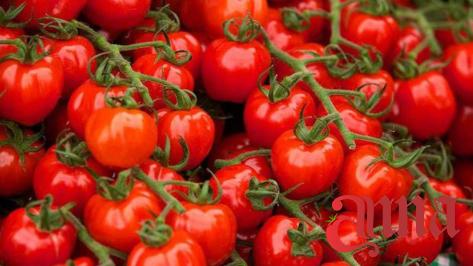


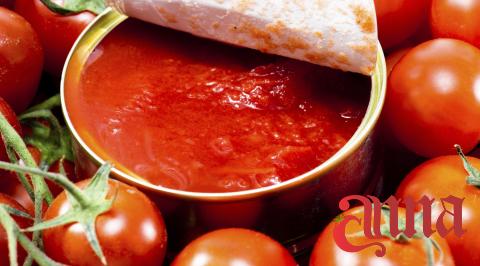

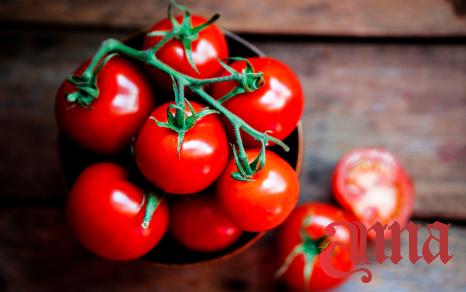
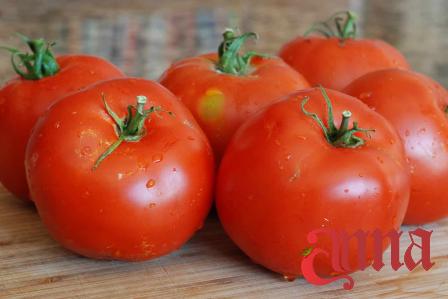
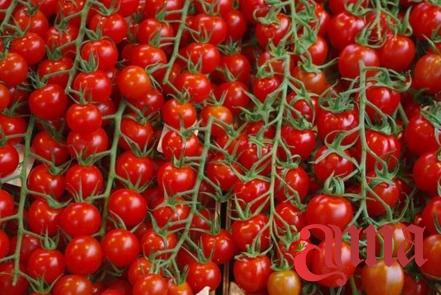
Your comment submitted.